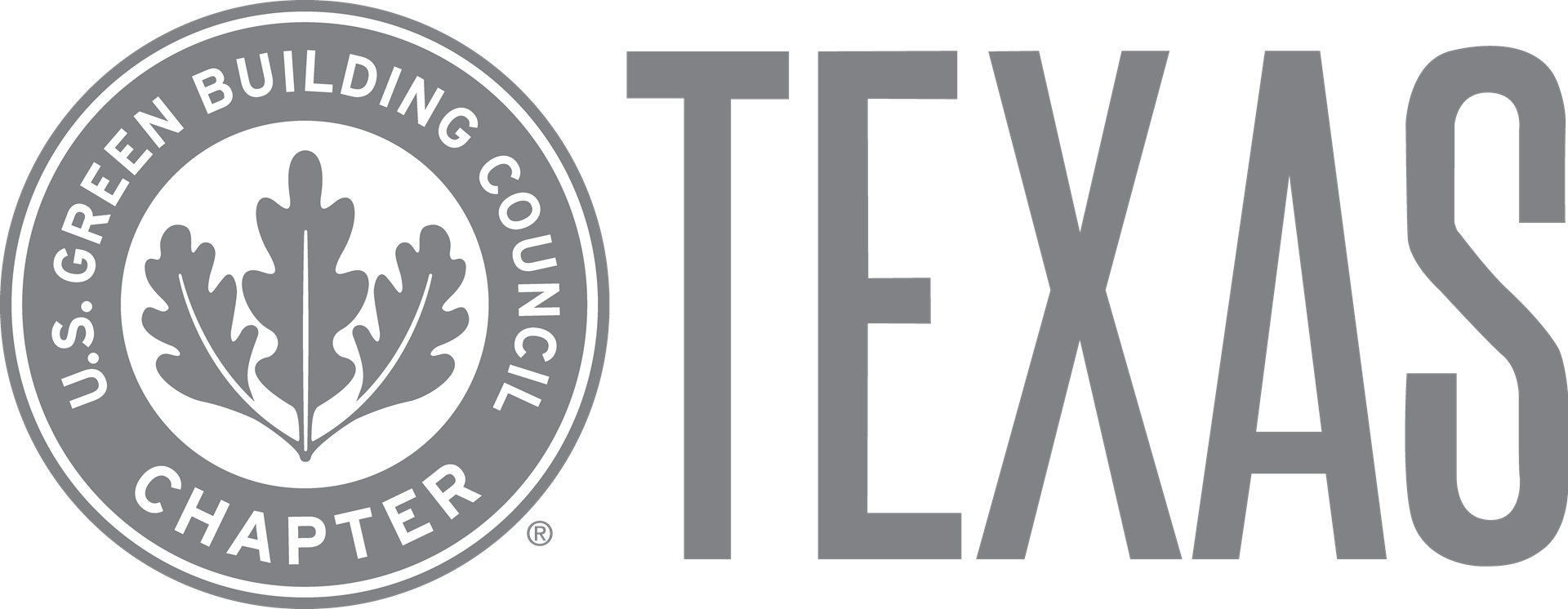
The Past, Present, and Future of Green: The USGBC High Performance Schools Summit

The very concept of Green Building solicits many reactions in the architectural community. Some see potential for the movement to have a major positive impact on the built environment, and perhaps more importantly, on the natural environment. Others are skeptics who observe unrealistic and counterproductive metrics of programs like LEED, and see no positive impact at all. The USGBC Texas Chapter’s High Performance Schools Summit at the Houston Zoo featured a number of speakers including a panel on Designing for Health and Resiliency, and was very focused on successful outcomes. The locations of projects ranged from Baltimore to central Houston, and the firms varied from corporate multinationals to small high design firms. The takeaway: Performance Architecture can be practical, impactful, and fun.
My favorite lecture of the bunch was entitled “High Performance Schools Save Money.” This approach is perhaps the most encompassing. In a city built on the fortunes of oil empires, money is a language everyone speaks. It cuts across political identifications and neighborhood socioeconomic conditions. An interesting note about the projects that were featured is that performance metrics went beyond those of the building. They also measured the impact on the performance of the students, and the reported results were promising. It may be intuitive to those of us in the Architecture/Engineering/Construction industry that well designed and engineered spaces are good for occupants, but having metrics on this from schools across the country truly solidifies the importance of good design.
There was one striking commonality between the seemingly varied buildings: they were all cool. Those who firmly support green building as a revolutionary movement have to appreciate the importance of cool. If environmental conservation and long term thinking are important traits to instill on the next generation of citizens, the buildings have to be places of aesthetic inspiration and positive interaction with the surrounding environment. They have to be more Tesla than Prius. Each school serves not only as a piece that must perform within itself, but also serve as a proponent of green building for generations to come. The challenge for us as Architects is to embrace this importance and conceive projects that not only perform in empirical evaluations, but also create a deep and inspirational connection with occupants. We must foster an interest in the built environment for all who occupy the spaces we design.